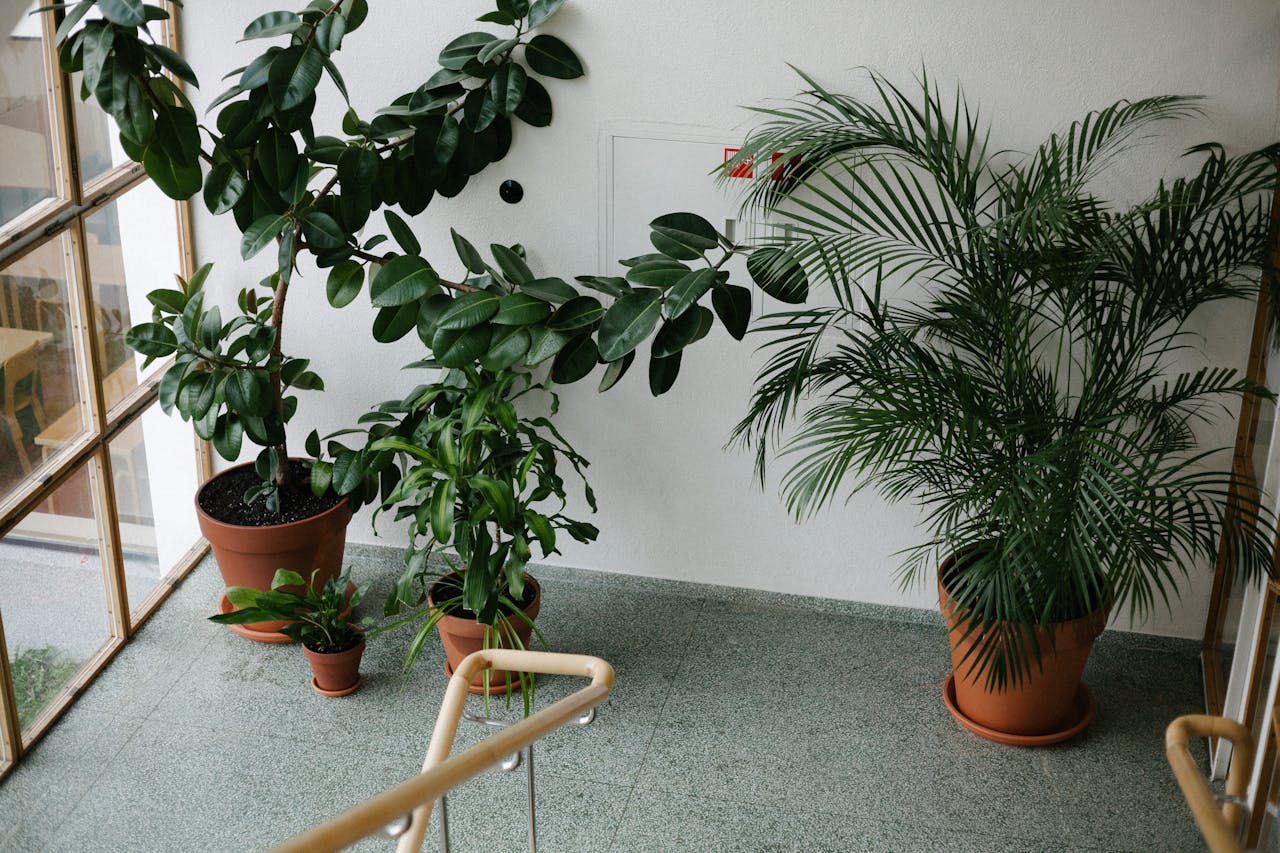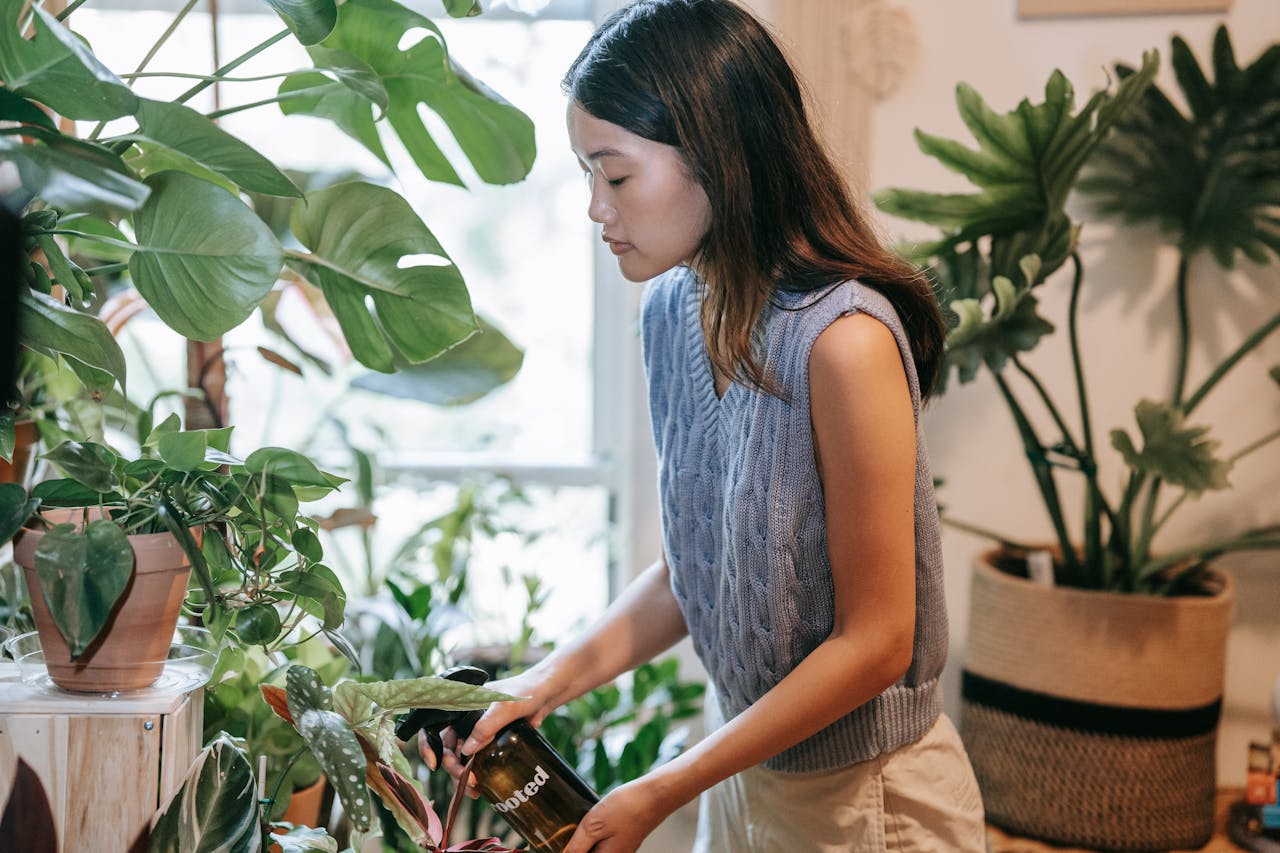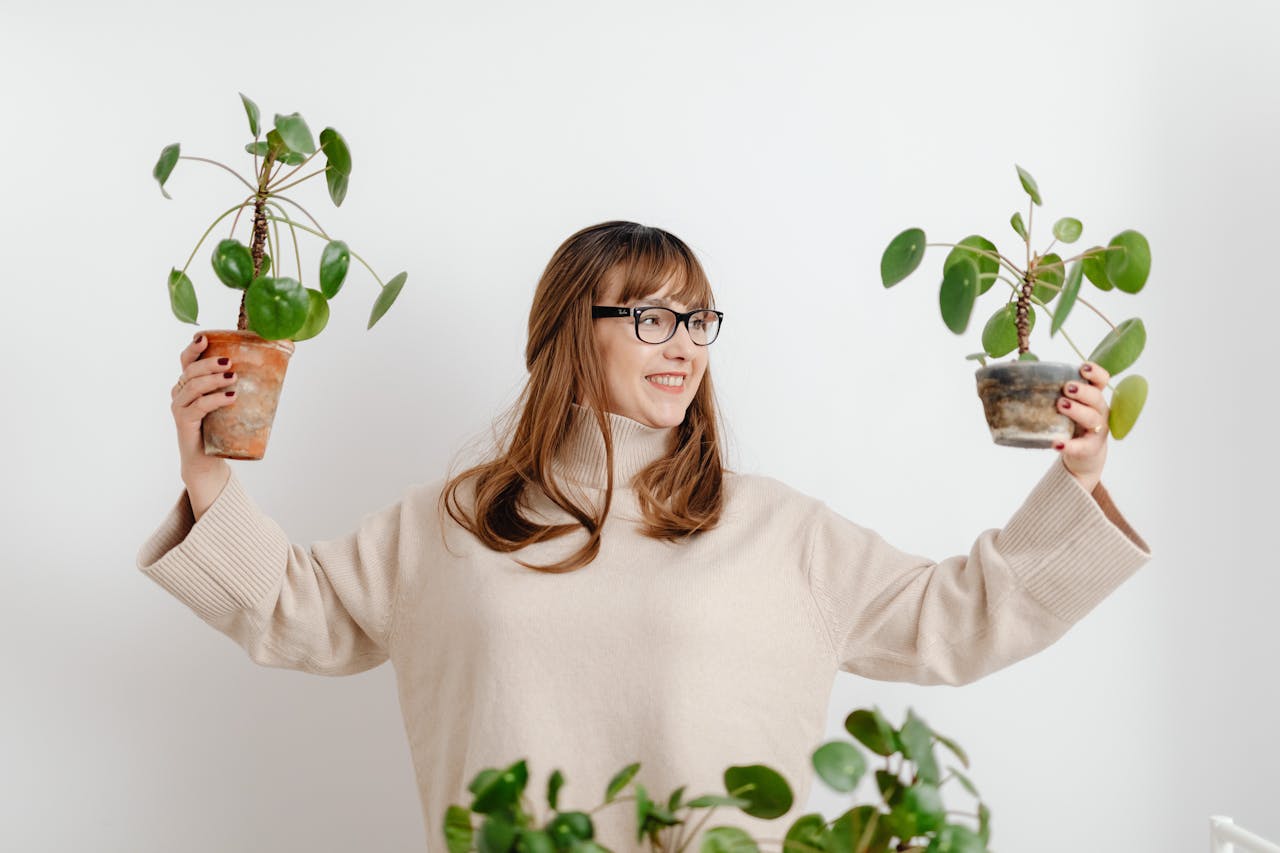Vertical gardening is a growing trend among indoor plant enthusiasts, offering a unique and space-saving way to bring greenery into your home. A vertical garden not only enhances the aesthetic appeal of your living space but also provides numerous health benefits, such as improved air quality and reduced stress levels.
In this article, we will guide you through the steps to create a stunning vertical garden with indoor plants.
Also Read- How To Use Indoor Plants To Decorate Your Child’s Study Space
Benefits of a Vertical Garden

Space-Saving Design
One of the most significant advantages of a vertical garden is its space-saving design. Vertical gardens allow you to maximize the use of vertical space, making them ideal for small apartments or rooms with limited floor space.
Improved Air Quality
Indoor plants are known for their air-purifying properties. A vertical garden can help remove toxins from the air, such as formaldehyde, benzene, and trichloroethylene, improving the overall air quality in your home.
Enhanced Aesthetics
A well-designed vertical garden can serve as a beautiful focal point in any room. It adds a touch of nature and color, creating a relaxing and inviting atmosphere.
Health Benefits
Being around plants has been shown to reduce stress, improve mood, and increase productivity. A vertical garden can create a serene environment that promotes well-being and mental health.
Also Read- Science Behind How Indoor Plants Improve Your Health
Choosing the Right Location

Selecting the right location for your vertical garden is crucial for its success. Consider the following factors:
Light Availability
Most indoor plants require bright, indirect light to thrive. Choose a location near a window where your plants can receive adequate sunlight. If natural light is limited, consider using grow lights to supplement.
Temperature and Humidity
Indoor plants generally prefer moderate temperatures and humidity levels. Avoid placing your vertical garden near heating or cooling vents, as extreme temperatures can stress the plants.
Accessibility
Ensure that your vertical garden is easily accessible for watering, pruning, and maintenance. This will make it easier to care for your plants and keep them healthy.
Also Read- How To Choose The Right Indoor Plant For Every Room
Selecting the Right Plants

Choosing the right plants is essential for creating a successful vertical garden. Consider the following factors:
Plant Size and Growth Habit
Select plants that are suitable for vertical growth. Plants with a trailing or vining habit, such as pothos, ivy, and spider plants, are ideal for vertical gardens. Additionally, compact plants like succulents and herbs work well in small spaces.
Light Requirements
Choose plants with similar light requirements to ensure they thrive in the same location. Mixing plants with different light needs can lead to uneven growth and poor health.
Maintenance Needs
Opt for low-maintenance plants that require minimal care. This will make it easier to keep your vertical garden looking its best without demanding too much time and effort.
Building Your Vertical Garden

There are several ways to create a vertical garden, depending on your preferences and available materials. Here are some popular methods:
Wall-Mounted Planters
Wall-mounted planters are an excellent option for creating a vertical garden. They come in various shapes and sizes, allowing you to customize the design to fit your space. Install the planters on a sturdy wall and fill them with your chosen plants.
Hanging Planters
Hanging planters are another great way to create a vertical garden. You can hang individual pots from the ceiling or use a hanging garden system that supports multiple plants. This method works well for trailing plants that can cascade down.
Shelving Units
Using shelving units to create a vertical garden is a practical and versatile option. Arrange the shelves at different heights and place pots or containers on them. This setup allows you to easily rearrange and replace plants as needed.
DIY Vertical Garden Frame
For a more customized approach, build a vertical garden frame using wood or metal. Attach small pots or planting containers to the frame, and mount it on a wall. This method allows you to create a unique and personalized design.
Also Read- The Science Behind Why Indoor Plants Make You Happier
Planting and Care Tips

Once you have chosen your plants and built your vertical garden, follow these tips to ensure they thrive:
Planting
- Soil: Use a high-quality potting mix that provides good drainage and aeration. Avoid using garden soil, as it can become compacted and restrict root growth.
- Watering: Water your plants thoroughly, allowing excess water to drain away. Be mindful not to overwater, as this can lead to root rot. Ensure that the planters or containers have drainage holes.
- Fertilizing: Feed your plants with a balanced, water-soluble fertilizer every few weeks during the growing season. Follow the manufacturer’s instructions for proper application.
Maintenance
- Pruning: Regularly prune your plants to remove dead or yellowing leaves and encourage healthy growth. This will also help maintain the shape and appearance of your vertical garden.
- Pest Control: Keep an eye out for pests such as aphids, spider mites, and mealybugs. If you notice any infestations, treat the plants with insecticidal soap or neem oil.
- Light Management: Monitor the light levels and adjust the position of your plants or add grow lights if necessary. Rotate the plants occasionally to ensure even light exposure.
Conclusion
Creating a vertical garden with indoor plants is a fantastic way to enhance your living space and enjoy the many benefits of indoor greenery. By carefully selecting the right location, plants, and design method, you can create a beautiful and thriving vertical garden that adds life and color to your home. Follow the planting and care tips outlined in this article to ensure your vertical garden remains healthy and vibrant for years to come. Happy gardening!













Leave a comment
This site is protected by hCaptcha and the hCaptcha Privacy Policy and Terms of Service apply.